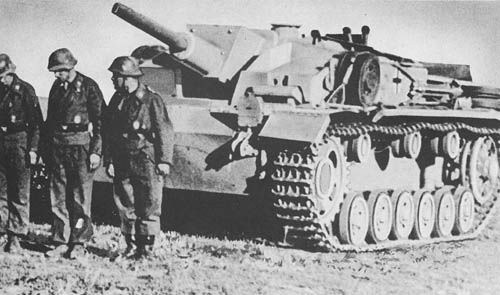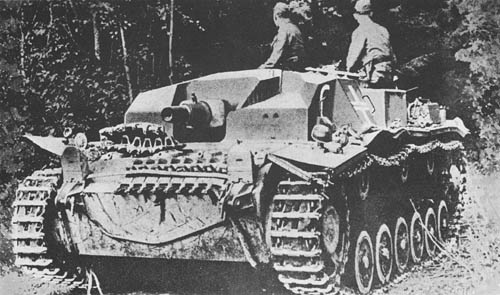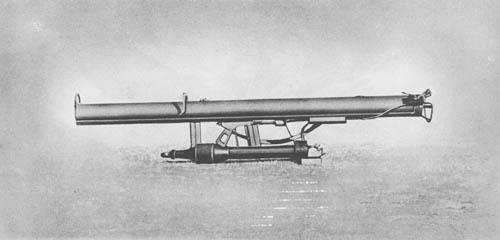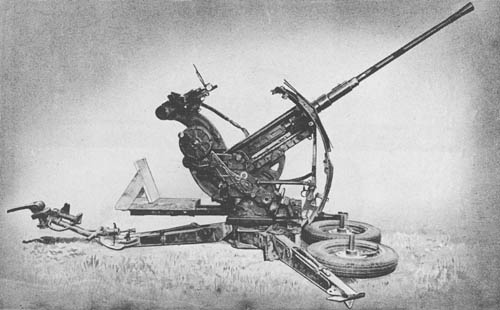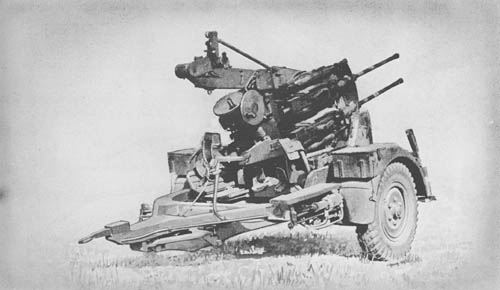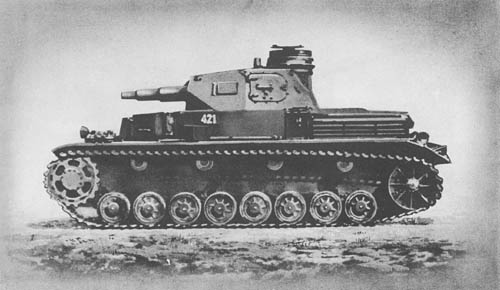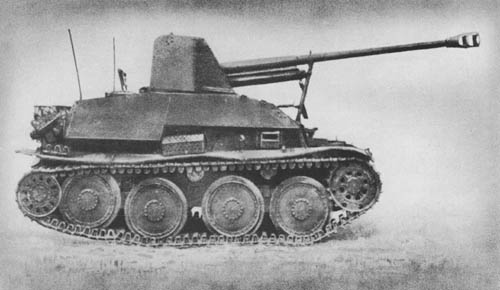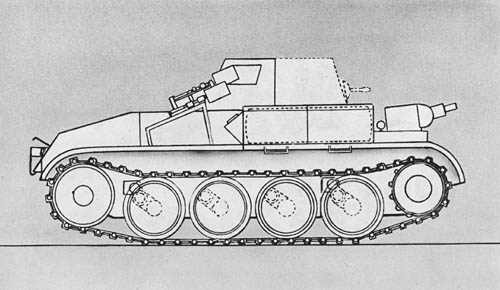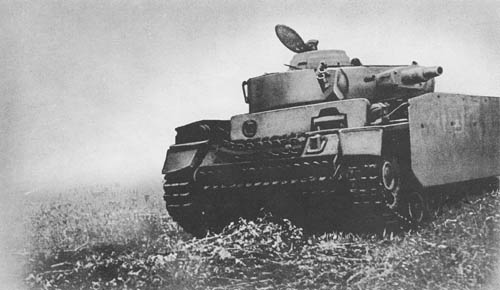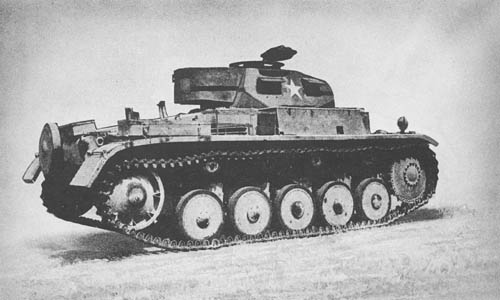
Produced in 1941. This is the latest type of Pz. Kpfw. II tank identified in action. The major modifications appearing in this model are (1) increased thickness of the basic frontal armor, (2) new design of hull nose, (3) use of uninterrupted length of plate for front vertical superstructure plate, (4) use of dummy visor mounted alongside the driver’s visor.
The single skin nose of the Model F hull is constructed, of flat plates 35 mm thick with a Brinell hardness of 426 and is nearer vertical than the superimposed nose plate in the earlier reinforced models. This modification to the nose of the hull has shortened its length by approximately five inches.
The turret front and mantlet remain unaltered except for the omission of the additional plates and a corresponding thickening of the basic armor to 30 mm.
Model F is equipped with a new driver’s visor of the double shutter type. A dummy visor, a one-piece aluminum casting, is mounted alongside the driver’s visor on the right, presumably to draw fire from the latter.
The suspension arrangement of five bogie wheels and four return rollers is the same as that utilized in the previous models A, B and C.
The power plant consists of the HL 62 TR Maybach, a 6-cylinder, water-cooled gasoline engine rating 140 B.H.P. at 2600 r.p.m.
The transmission is of normal synchromesh, manual control type, providing six forward speeds and one reverse, and the steering system utilizes the epicyclic clutch and brake principle.
Armament comprises one 2.0 cm KwK 30 gun with coaxial 7.92 M.G. 34 in turret.
Models G and J have been mentioned in an official German document but there are no details available.
SPECIFICATIONS
| Weight | 10.5 tons | |
| Length | 14 ft., 9 ins. | |
| Width | 7 ft., 4 ins. | |
| Height | 6 ft., 6 ins. | |
| Ground clearance | 13 ins. | |
| Tread centers | 6 ft., 2 ins. | |
| Ground contact | 7 ft., 10 ins. | |
| Width of track | 11 1/8 ins. | |
| Pitch of track | 3 5/8 ins. | |
| Track links | 106 | |
| Fording depth | 3 ft. | |
| Theoretical radius of action | ||
| Roads | 125 miles | |
| Cross-country | 85 miles | |
| Speed | ||
| Roads | 30 m.p.h. | |
| Cross-country | 15 m.p.h. | |
| Armor | ||
| Front plate | 35 mm | |
| Sides | 20 mm | |
| Armament | One 2.0 cm KwK 30 One 7.92 mm M.G. 34 |
|
| Ammunition (rds.) | 2 cm gun 180 M.G. 2550 |
|
| Engine | 140 B.H.P. Maybach HL 62 TRM | |
| Transmission | 6 forward speeds, 1 reverse | |
| Steering | Epicyclic clutch brake | |
| Crew | 3 |
German: p. 10
